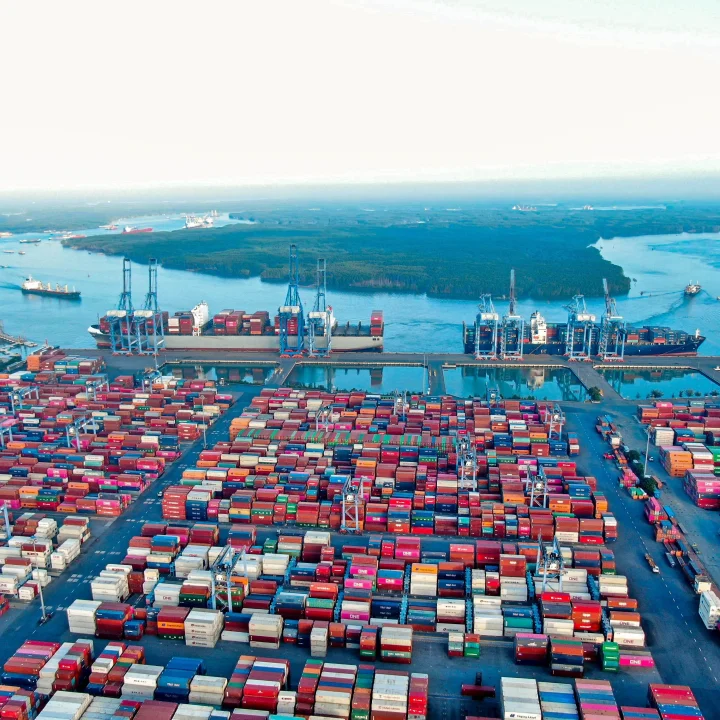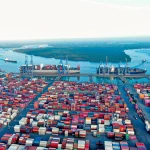Flat Rack Shipping Containers or Flat Racks are built on the same dimension base as 20 foot or 40 foot standard containers, but as they do not have side walls or a roof, they have thicker bases for added strength. 40fts have thicker bases than 20fts, so cargo that could come within the allowed height of a 20ft could be too tall to be within the limits of a 40ft. Some flat racks have fixed end walls and others have walls that can be collapsed, it is best to check with the shipping line which version they will be supplying. The end walls make it possible for the flat racks to be stacked in the same way as standard containers.
Flat racks are mainly used to transport oversize or heavy vehicles and equipment that cannot be loaded into a standard container.
Cargo moved on flat rack shipping containers is described as being ingauge if all the dimensions of the cargo fit within the dimensions of the flat rack. Cargo that exceeds either the height or width of the internal space of the container is known as out of gauge cargo and will incur lost slot charges. Lost slots are the container spaces either next to or above the flat rack that cannot be used.
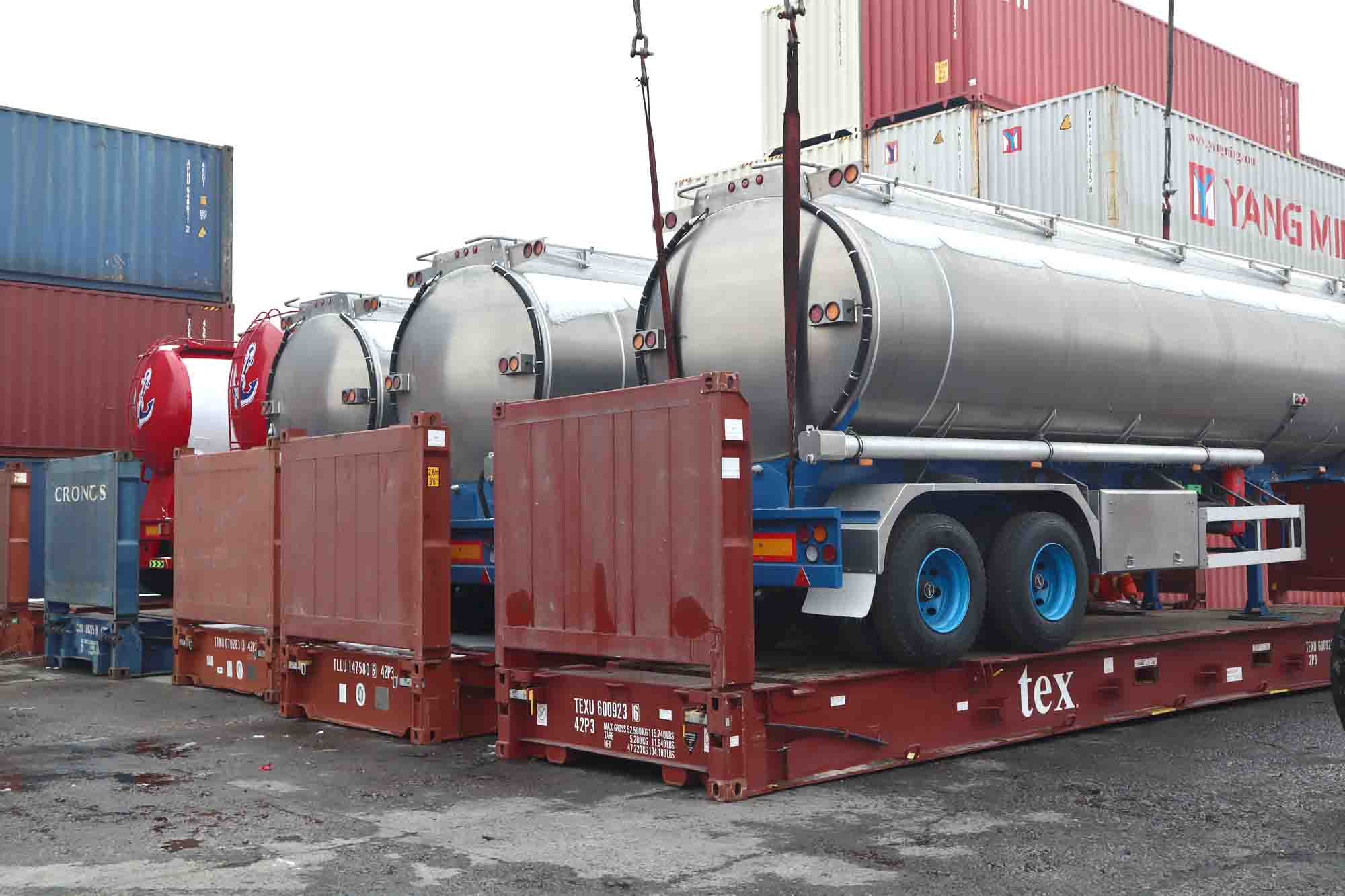
Flat Rack Shipping Container Specifications
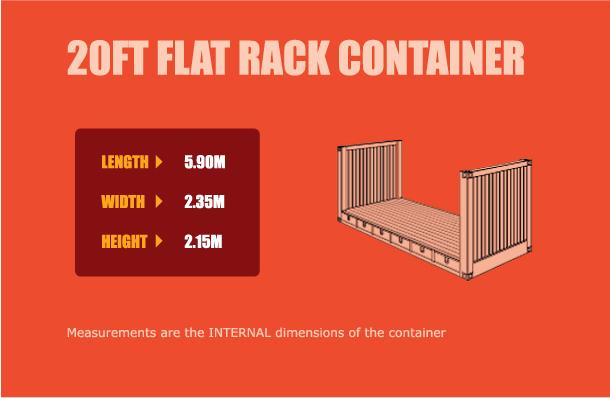
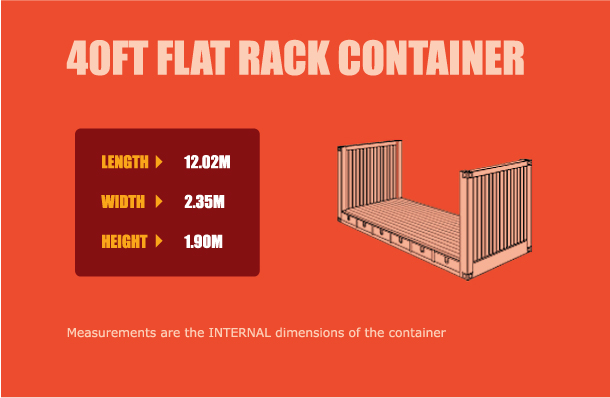
Advantages:
They can take larger cargo than standard containers.
Disadvantages:
They have open sides and tops so cargo must be protected with a waterproof tarpaulin. This must be secured properly to avoid water damaging the cargo. Tarpaulins do not come as standard with flatracks, not all shipping lines will supply them at all ports, some will supply them at an extra cost.
To get the lowest rates for shipping flat rack shipping containers, click on the link below and complete the simple online quotation form.
